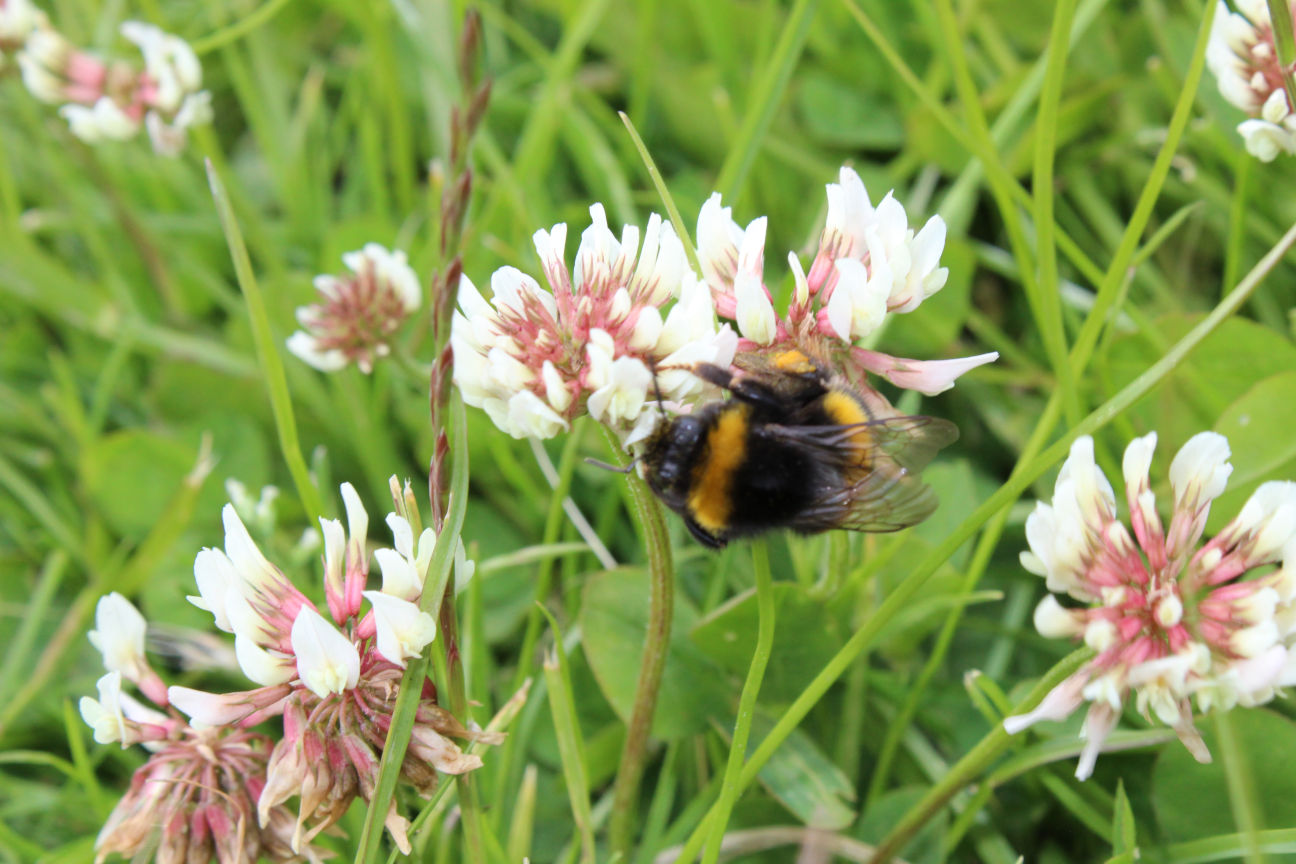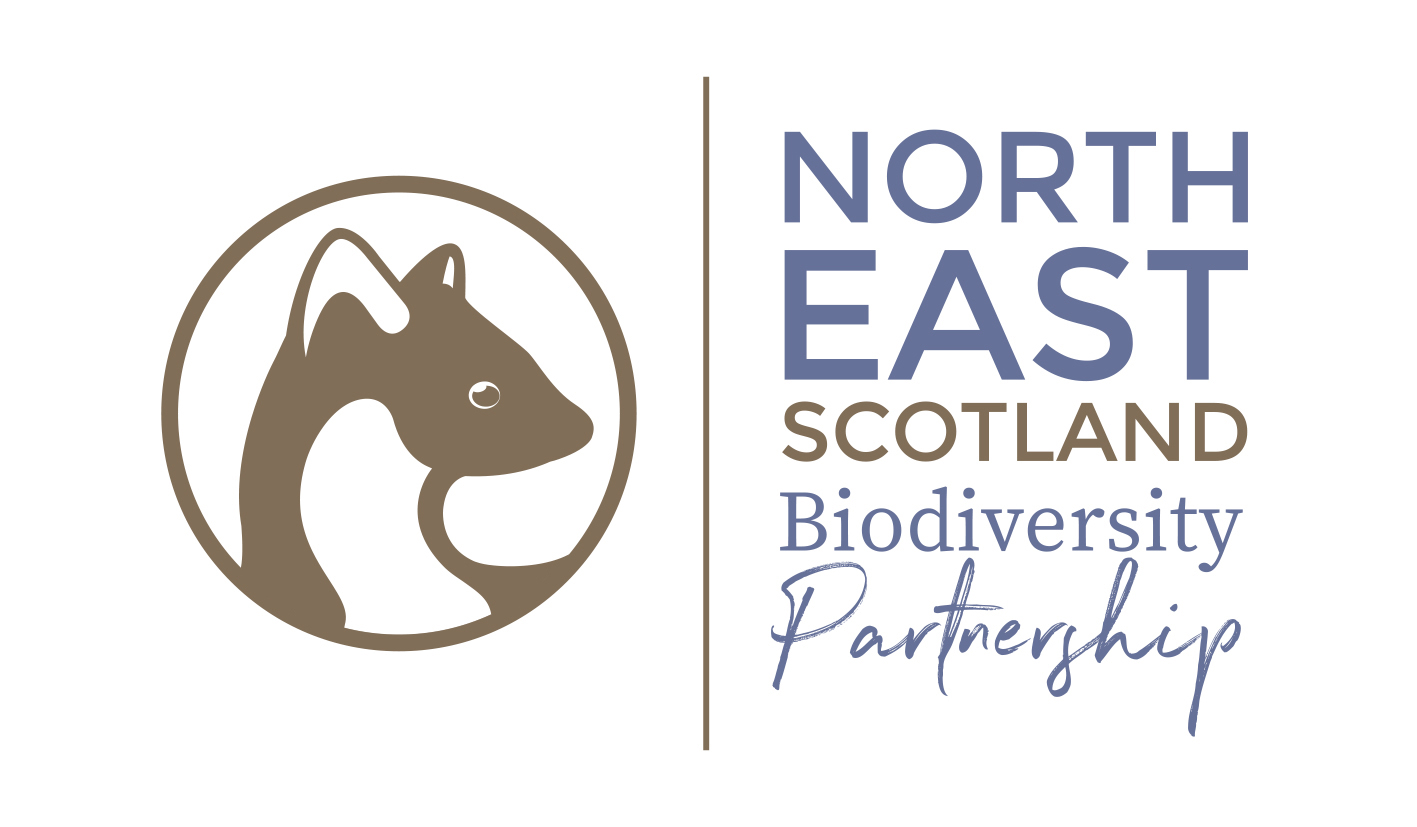Nature and Biodiversity
Nature loss is one of the biggest threats that we face. Global food systems, climate regulation and the very air we breathe depend on complex relationships within nature.
Human activity is driving a rapid decline in the number and variety of species, but also has the power to reverse it.
The Scottish Government, along with other countries across the world, has committed to halting nature loss by 2030. This effort will involve all of us working together, and will bring with it a healthier environment, new green jobs and help us tackle climate change.
Moray Council recognised we are in a climate and ecological emergency in 2019 and reaffirmed this by declaring a nature emergency in 2023.
The council is taking action to look after nature on its own land as well as support the protection and restoration of nature across Moray, where it can.
We are currently seeking feedback on a draft Moray Council Biodiversity Strategy. Please visit Moray Engage to read the draft strategy and share your views. The deadline for comments is 28 November 2025.
Climate Change
Climate change is one of the main drivers of biodiversity loss. Accelerated global warming can make habitats unsuitable faster than species can adapt and will also cause Scotland to experience more extreme weather events such as storms and droughts, which will have a big impact on our wildlife. Increasing the variety of living things (biodiversity) will make ecosystems stronger and more resilient to the impacts of climate change.
Nature is also very good at soaking up carbon and can store it in plant matter (such as wood) or in properly managed soil. Peat holds an enormous amount of carbon, but damaged and drying peatland quickly releases it back into the atmosphere. Protecting and enhancing biodiversity can therefore help us to slow down climate change.
What Can I Do?
Being in nature is good for you! Not only can spending time outdoors improve mental health, but exercising outside is also proven to reduce the risk of illness.

NatureScot’s make space for nature pages share lots of advice on how to garden for wildlife and improve your health and wellbeing in the outdoors.

If you have time to volunteer, or want to connect with others on community nature projects, then get in touch with Moray CAN, our local climate action network.
The North East Scotland Biodiversity Partnership's website (NESBiP) and social media channels can help you learn about our region’s important habitats and species. They can also help you find ways to get involved, from gardening to volunteering and opportunities for schools. NESBiP also provides advice when planning new developments, from individual householders right up to large scale developers.
Managing Council Land
Living lawns and wildflowers provide an essential habitat for many insects, which in turn pollinate our crops and provide food for birds and mammals. The council has been trialling this method in designated areas, following consultation with communities.
Boosted by the Scottish Government’s Nature Restoration Fund, the council has been able to take further action to restore nature at some important local places, including the Wards wildlife site and Millbuies woodland and loch. See more information on our Nature Projects page.
The council is working to reduce its own carbon emissions but as some essential services still rely on fossil fuels, opportunities are being explored for balancing these unavoidable emissions with creating new habitats that soak up the carbon. On council land this would be called ‘carbon insetting’ and will most likely involve planting new, biodiverse, woodlands.
Planning
The recently adopted National Planning Framework (NPF4) presents a step change in the planning system by placing climate change and biodiversity loss as key considerations within development decisions. The council’s Local Development Plan 2027 and Regional Spatial Strategy will embed this principle and the NPF4 outcome that biodiversity will be ‘enhanced and better connected including through strengthened Nature Networks and nature-based solutions.’ Planning guidance on NPF4 Policy 3: Biodiversity has been produced to support local delivery of this policy.
Nature Networks are similar to what would often be referred to as wildlife corridors, linking formally legally protected sites nature sites through coherent routes for biodiversity to move freely.
Local Biodiversity Action Plan
Moray Council is a partner organisation on the North East Scotland Biodiversity Partnership (NESBiP) which aims to produce, implement and monitor action plans for a range of important habitats and species throughout the region.
North East Scotland Biodiversity Partnership 4 Year Strategic Plan 2022 - 2026
Biodiversity Duty Reporting
The Wildlife and Natural Environment (Scotland) Act 2011 requires public bodies in Scotland to produce a publicly available report every three years. This duty is aimed at connecting people and their environment, integrating nature into decision making as well as protecting important species, habitats and sites.
The below reports set out the work Moray Council has undertaken to meet its biodiversity duty.

